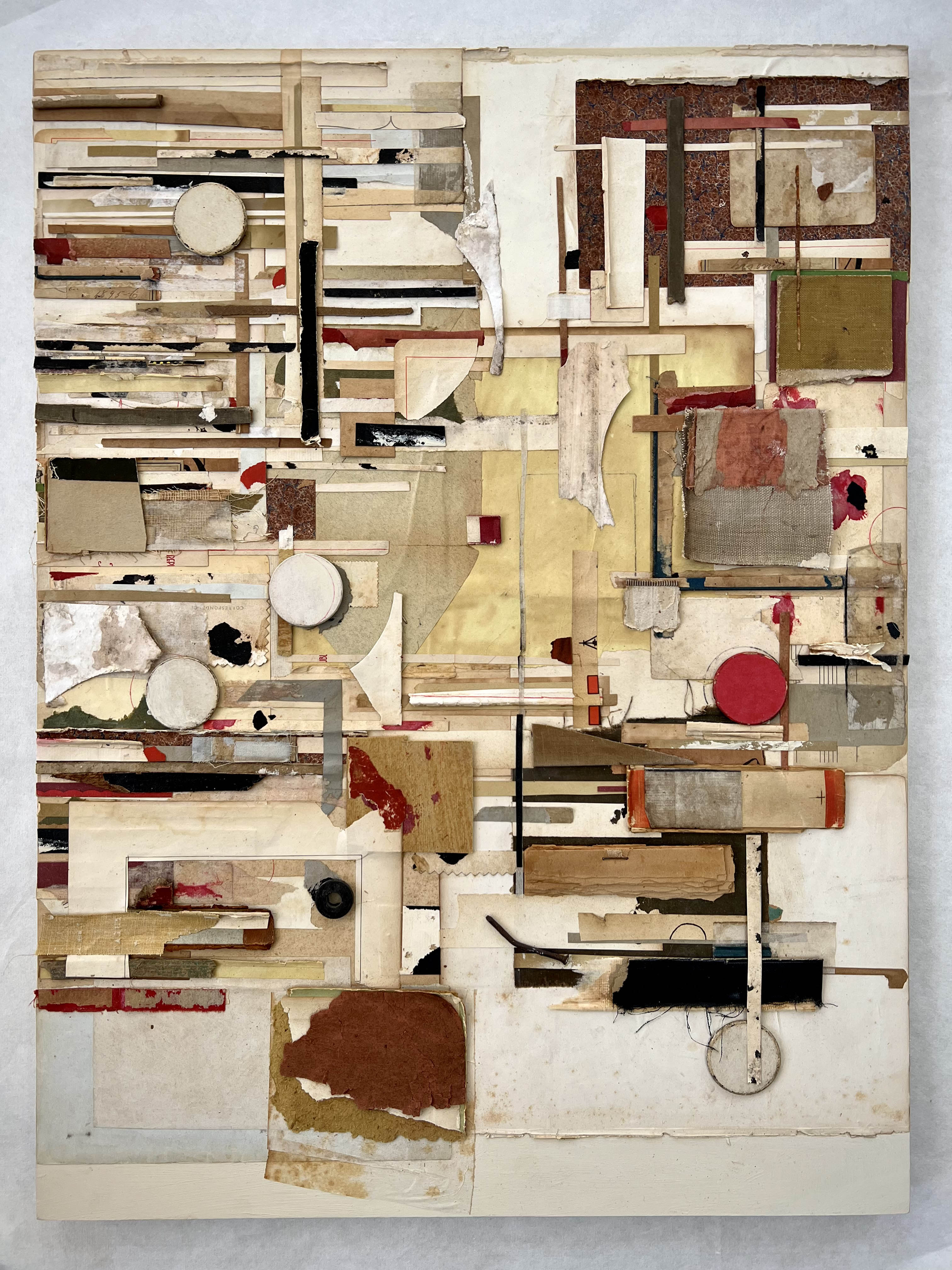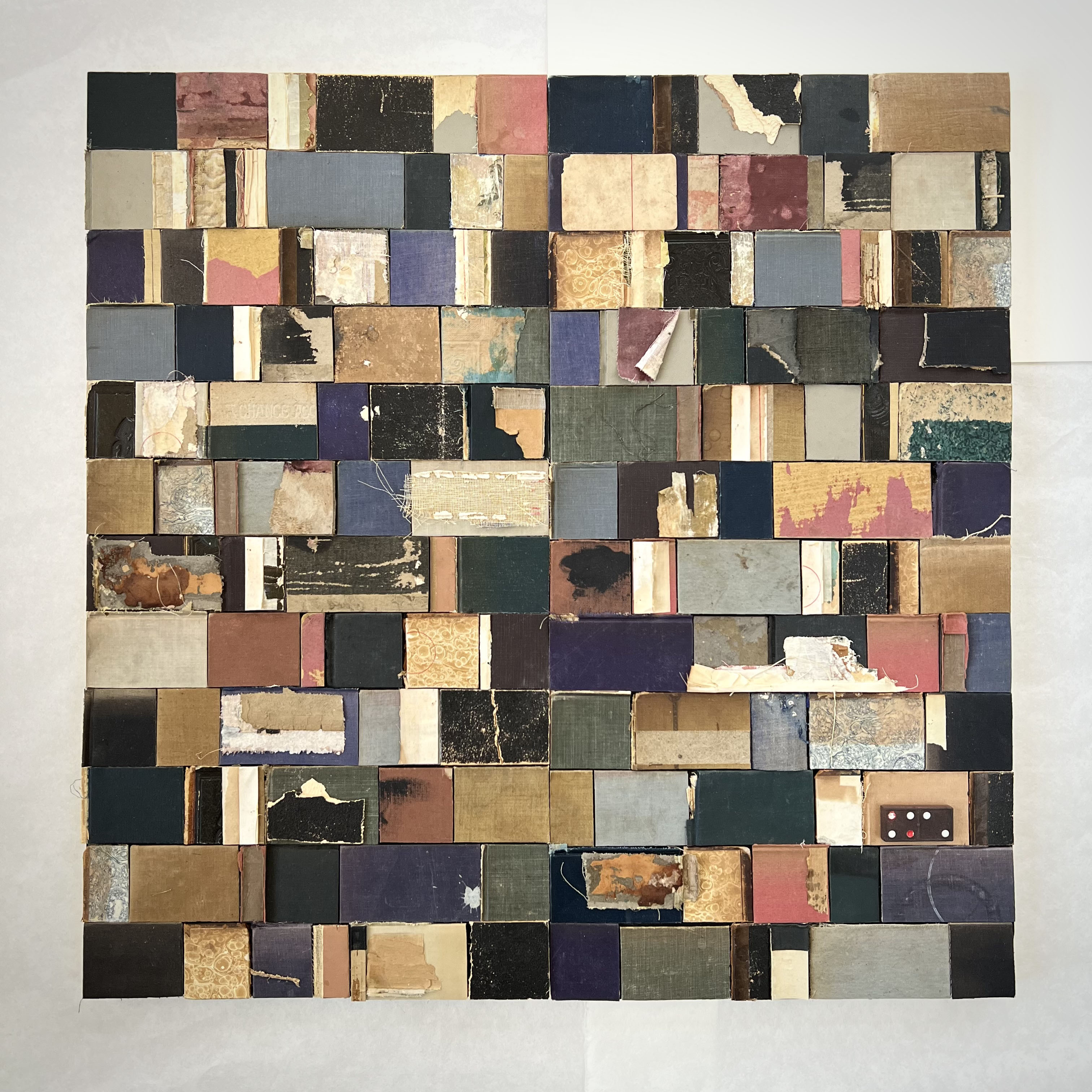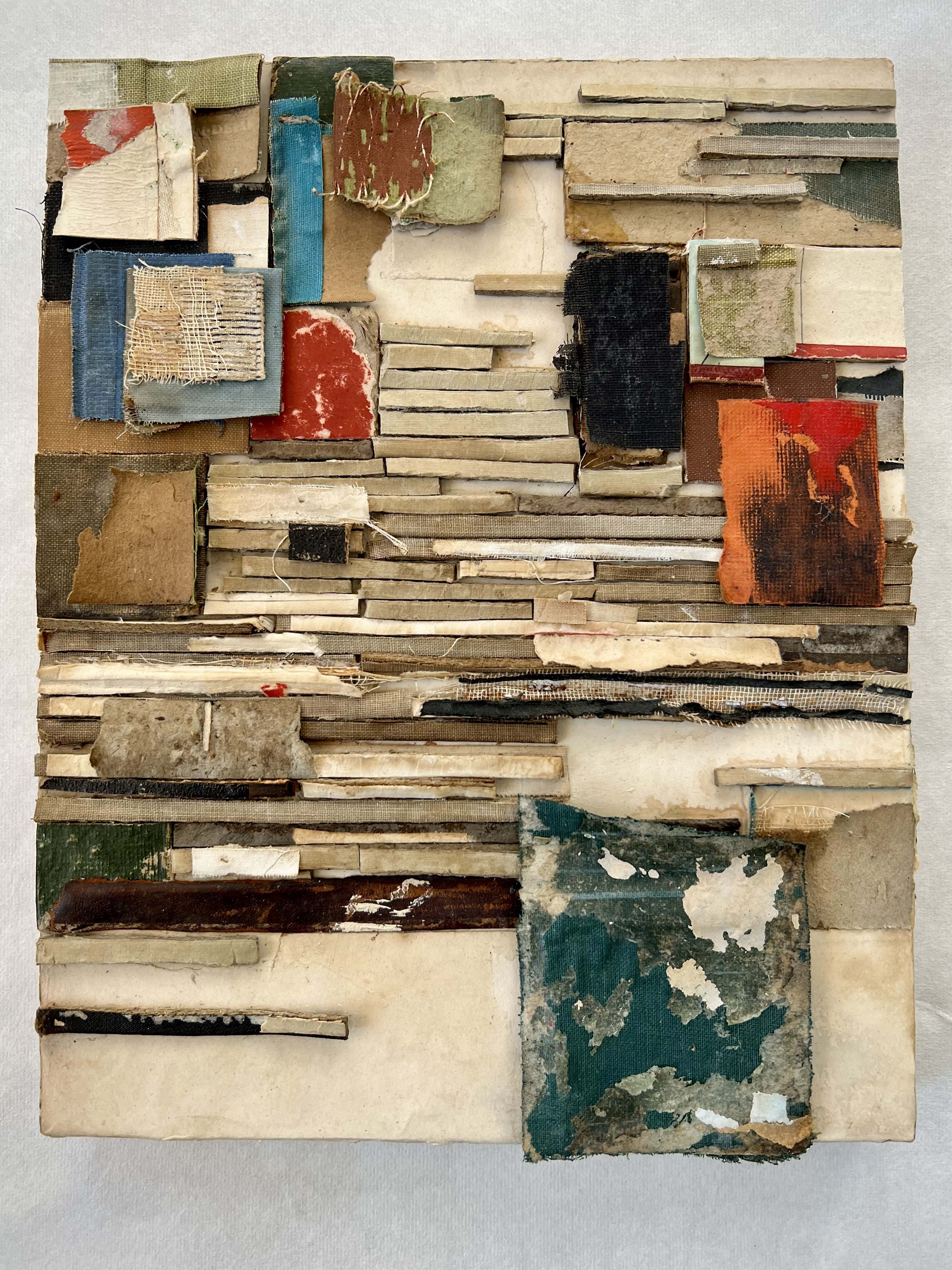All awe and ecstasy, the 16th century Spanish writer Lope de Vega once equated the beauty of stars to flowers, remarking that “it seems that mistress nature wanted the land to compete with the stars in heaven in the variety of flowers, and there the spring of mythology spread her speckled carpets from the thefts of Jupiter.” Take a few moments to absorb that array of prose. Mistress nature, the spring of mythology, speckled carpets. Attuned to such splendors, de Vega goes on to describe looking at nature like examining a prism, “iridescent, of changing lights and colors.” And de Vega’s habitat of choice? “The meadows,” he proclaims, “those happy fields.”
In these passages from de Vega’s Arcadia, the pastoral unfolds right before us—a mode that dramatizes a delight in the natural world, usually in sharp contrast to the bustle of urban life. The scholar Terry Gifford notes that the pastoral is often associated with a retreat of some kind, what he terms “the fundamental pastoral movement”: from the city to the country, from the cosmic world of constellations to the natural world of flowers. Throughout Arcadia, the narrator is besotted with the countryside, which he sees as a dreamscape with the potential to unlock in himself a more fulfilled life. The narrator of Arcadia envisions a laidback world untethered to the demands of work and labor, where he becomes simply a “witness” to his “rustic thoughts.”
An arcadia, conjuring up a land of harmony and simplicity, is an apt title for de Vega’s pastoral romance, a work that roots itself deep into the idylls of nature. But like any utopia, an arcadia is fragile, vulnerable to ruination. To corruption by colonizing forces, excess, greed, envy, and so on.
As in de Vega’s arcadia, so too do the artworks of Pinky Ibarra Urmaza illustrate an escape to another world, but this escape is marked by an understanding that anything worth having in paradise is also prone to damage, loss, and rupture. For Urmaza, who once worked as a library assistant at the International Center for Photography, the image that best represents this duality is the book.
Sharing its title with de Vega’s work, Urmaza’s exhibition Arcadia features an assemblage of found objects sourced mainly from components of books—covers, pages, spines, threads. These collages transform the scatter of debris into touchingly homespun, grid-like compositions. Lean in close, and witness daily rummage turn into a cabinet of curiosities. Spend some time with ‘Memory Palace,’ for instance, and you might catch yourself gravitating toward a stray domino or loose thread, trying to work out a narrative or history in your head, however evasive. As a collage of found objects gathered across different periods, the piece scopes out the passage of time, mobilizing one’s attention towards frames of miniaturized wonder.
“I’ve always been drawn to found objects,” Urmaza says. “I love objects with history—the stories behind them make them interesting.” As a child, Urmaza spent a lot of time at her grandfather’s ancestral home, exploring his library as well as fidgeting around with his medical instruments (he was a doctor). “That house has long been gone. So there is a sense of nostalgia in a lot of my works.” And surely we see this nostalgia play out in these works—from their quotidian, worn substance to their warmhearted assembly—it’s a nostalgia not in the sentimental or saccharine mode, but in its more vital sense, nostos, the root word meaning a ‘return.’ Nostalgia here is a shaping force that forges new linkages between the material and its histories, returning us to an imperfect present. The shepherd looks from atop a valley, at the remains of a paradise lost.

Speaking of her process, Urmaza held back from working with any specific outcome in mind: “the sorting, cutting and gluing on wood boards was just based on intuition—there was no preconceived idea of what the final work will look like.” Thrift-shopping also played a big part in her process: scouring flea markets, visiting second-hand bookstores, combing through vagrant fabrics while traveling. Recalling the closing down of stores during the height of the pandemic, Urmaza says, “I was able to get some materials online through Etsy and Ebay but it’s just not the same being able to hold the books in my hands. It was such a relief when they finally opened our local library to the public.”
In Arcadia, even more so than in her previous shows, this spirit of rediscovery is especially palpable. ‘Boogie Stop Shuffle,’ an assortment of book covers, spines, and other found material pasted together to form a map-like structure, is a detail-crammed exercise for the eye that draws attention to gestures of cutting, peeling, and layering. It is a work imbued with crude textures and shapes, inviting us to stumble deeper into its secrets.
What does an artwork know? What does it withhold from the viewer? And how does one, finally, respond to its enigmas? Urmaza’s show does not offer any quick answers, but what its intimate scale, questing ethos, and liberal approach to material does disclose is something more akin to an admission. An admission that things may not always last as they are, that an arcadia may only endure through the recognition of distinct integrities, allowing each to hold time and space on their own errant terms.
At its essence, Urmaza approaches her arcadia as a ghost ode to the library, but also as nourishment of mind and material, where books, re-made and re-jiggered, can return us once more to a place of quiet attention, no matter how fleeting.
Arcadia is on view at MO_Space Gallery in Taguig City until March 19.
Sean Carballo is a writer and undergraduate from the Ateneo de Manila University.
Images courtesy of Pinky Ibarra Urmaza. Header image courtesy of MO_Space Gallery.


